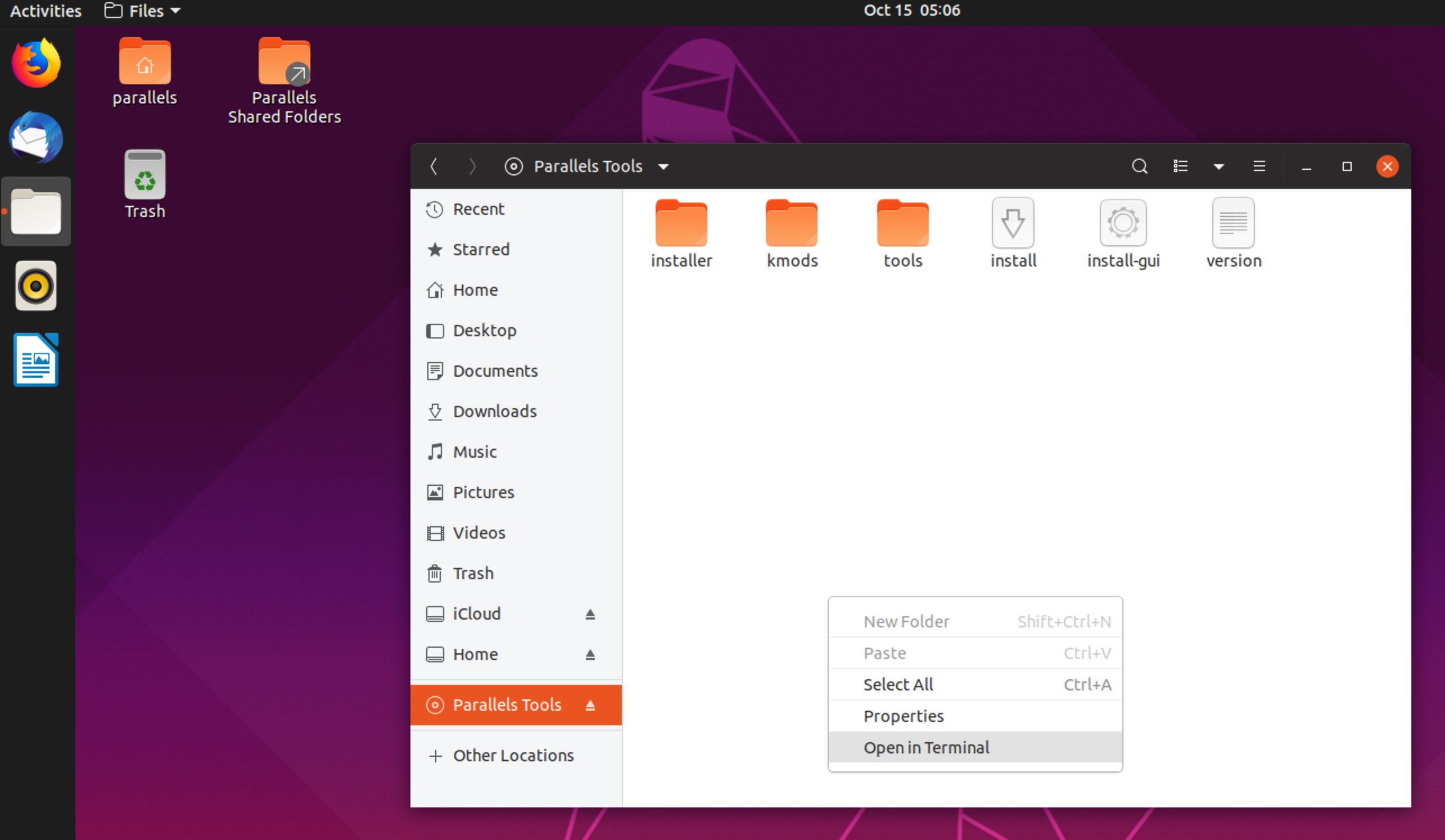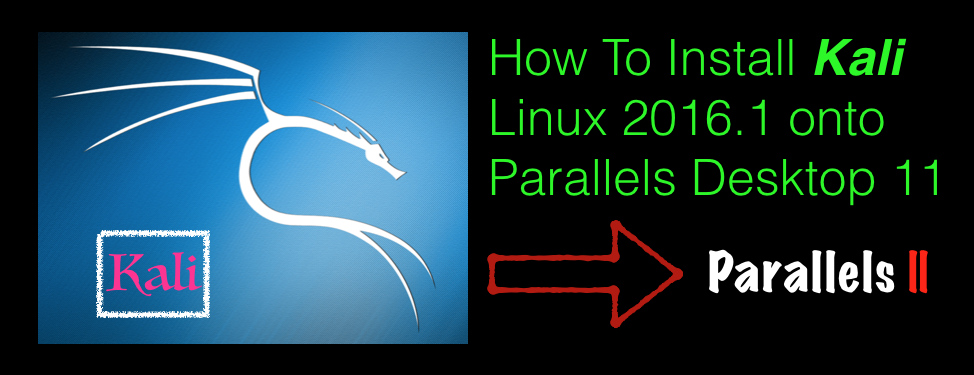Prl Tools Iso
Install Parallels Tools in a Linux Guest OS

Before installing Parallels Tools in a Linux guest OS, perform the following actions:
Pro Tools Ico
To delete the winpeiso.exe virus, you should download and install a full security application like Malwarebytes. Note that not all tools can detect every type of malware, so you may need to try several options before you're successful. In addition, the functionality of the virus may itself affect the deletion of winpeiso.exe. Physical Review Letters seeks a new Associate Editor at its Ridge, NY office. Duties include all phases of the peer review process, attendance at meetings, and visits to research institutions around the world, among others. Please see our ad for more details.


- Close all applications in the guest operating system.
- Disable the 3D accelerated window manager if you use any.
- Make sure that you have the gcc package and kernel sources installed. If these packages are not installed, the Parallels Tools installer will inform you about this. The kernel sources package name depends on the type of Linux operating system you use: it can be
kernel-devel, orkernel-headers, or something else. For more information about the kernel sources, refer to the Installing the GCC package and Kernel Sources in Linux section.
To install Parallels Tools in your virtual machine, you must have the root privileges.
Installing Parallels Tools in the most recent versions of Linux guest OSs
If you have one of the most recent versions of Linux OSs (Ubuntu, Fedora) in your virtual machine, the prl-tools-lin.iso image file will be mounted automatically after you connect it to the CD/DVD drive. To install Parallels Tools, do the following:
- Start the virtual machine.
- When the guest OS boots up, click the Virtual Machine menu and choose Install Parallels Tools.
If the Install Parallels Tools option is grayed out, make sure that Parallels Tools can be installed in your guest operating system. To see the list of guest OSs supported by Parallels Tools, refer to the Parallels Tools Overview section of Parallels Workstation User's Guide.
- The
prl-tools-lin.isoimage file will be connected to the virtual machine's CD/DVD drive and mounted.You can connect and mount the Parallels Tools ISO image file manually. Right-click the CD/DVD-ROM icon in the virtual machine's window status bar and choose Connect Image. Open the following folder:
- In 32-bit Windows:
C:Program FilesParallelsParallels WorkstationTools - In 64-bit Windows:
C:Program Files (x86)ParallelsParallels WorkstationTools - In Linux:
/usr/share/parallels-workstation/tools/
Select the
prl-tools-lin.isofile, and click Open to connect it to the virtual machine. - In 32-bit Windows:
- Start a terminal in your Linux guest OS. Type the following command to gain the
rootprivileges:su
- Change the directory to the CD/DVD drive directory using
cd /media/cdrom/
In some of the Linux operating systems, the mount point for the virtual CD/DVD drive may appear as
/media/Parallels Tools/. - In the CD/DVD drive directory, enter the following command to launch Parallels Tools installation:
./install
- Follow the Parallels Tools Installer instructions to complete the installation.
- When the installation of Parallels Tools is complete, restart your virtual machine.
Installing Parallels Tools in other versions of Linux guest OSs
Prl Tools Iso Software

To install Parallels Tools in the older versions of Linux OSs, you have to mount the prl-tools-lin.iso image file manually. Do the following:
- Start the virtual machine.
- When the guest OS boots up, choose Install Parallels Tools from the Virtual Machine menu.
If the Install Parallels Tools option is grayed out, make sure that your operating system complies with the requirements for Parallels Tools installation.
The
prl-tools-lin.isoimage file will be connected to the virtual machine's CD/DVD drive. - Start a terminal in your Linux guest OS. Type the following command to gain the
rootprivileges:su
- Check if the Parallels Tools CD image is mounted by entering
mount | grep iso9660
If this command does not return anything, proceed to the next step.
If this command returns anything like
/dev/cdrom on /media/cdrom type iso9660 (ro,exec,nosuid,nodev,uid=0),
skip the next step and proceed to the following one.
If this command returns anything like
/dev/cdrom on /media/cdrom type iso9660 (ro,noexec,nosuid,nodev,uid=0)
with the
noexecoption present in parentheses, you need to unmount the disc using the following command and then proceed to the next step:umount /dev/cdrom
- To mount the Parallels Tools installation disc image, enter the following:
mount -o exec /dev/cdrom /media/cdrom
/dev/cdromis the virtual machine's CD/DVD drive and/media/cdromis the mount point for this device. In some of the Linux operating systems the virtual CD/DVD drive may appear as/dev/hdband the mount point/mnt/cdrom. Some Linux OSs do not have the CD/DVD drive mount point. In this case, you should create the mount point directory manually. - When the installation disc image is mounted, change the directory to the CD/DVD drive directory using
cd /media/cdrom/
- In the CD/DVD drive directory, enter the following to launch Parallels Tools installation:
./install
You must have the
rootprivileges to run this command. - Follow the Parallels Tools Installer instructions to complete the installation.
- When the installation of Parallels Tools is complete, restart your virtual machine.
How to check if Parallels Tools have been installed

To check whether Parallels Tools have been successfully installed, ttart your virtual machine and look at the status bar of its window. If the tip 'Press Ctrl + Alt to release the mouse and keyboard' appears in the status bar of the virtual machine's window, this means that Parallels Tools were not installed. If Parallels Tools are installed, you do not need to press any key to release the mouse and keyboard because they are released automatically.